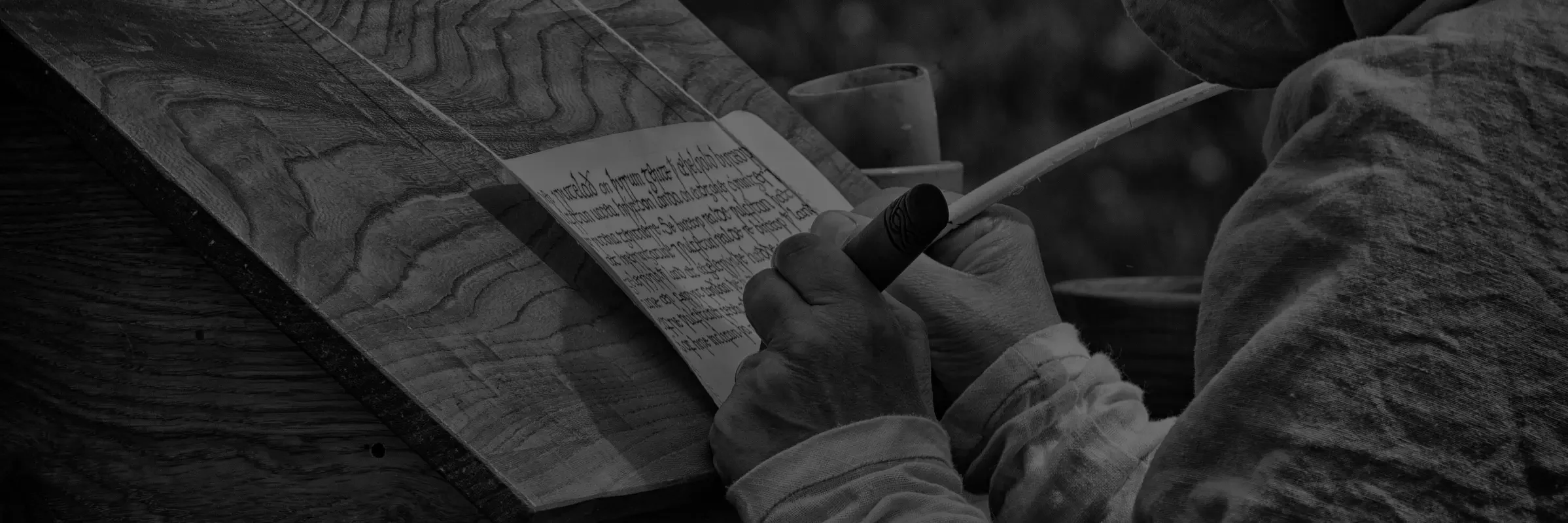Wirral's Hidden History Revealed
The Boat Beneath the Car Park – Funding Request
The Boat Beneath the Car Park – Funding Request Wirral Archaeology Community Interest Company will be carrying out a professional archaeological investigation of an alleged ancient, clinker-constructed boat buried beneath the car park of the Railway Inn in Meols, on the northern coast of the Wirral Peninsula. Wirral Archaeology Community Interest Company are digging deep , can you help us out? Funding…
ANCIENT WIRRAL BOAT TO BE INVESTIGATED
The Boat Beneath the Car Park Wirral Archaeology Community Interest Company will be carrying out a professional archaeological investigation of an alleged ancient, clinker-constructed boat buried beneath the carpark of the Railway Inn in Meols, on the northern coast of the Wirral Peninsula. Chair of Wirral Archaeology CIC, Dominga Devitt commented “There has been intense local interest in this buried object for…
Battlefield Trust Presentation
Wirral Archaeology were pleased to host members of the Battlefield Trust on 18th September to an event to discuss the Battle of Brunanburh. Speakers included Dave Capener author of “Brunanburh and the Routes to Dingesmere” Chas Jones author of “Finding Fulford- The Search for the First Battle of 1066” Stephen Harding author of “Ingimunds Saga – Viking Wirral” and…
Battle of Fulford Gate
Of the 3 major battles of the momentous year of 1066, the battle which took place at Fulford is the least known, yet it was a fierce engagement and one that must have weakened the Viking army led by their infamous leader, King Harald Hardrada of Norway.
Ragnar Lodbrok – Man, Myth or Tall Story
The popular TV series ‘VIKINGS’ has ignited a renewed interest in the period of early medieval history and whilst entertaining, many of the characters are fictitious and most of the events never occurred in the fashion in which they have been portrayed even if they occurred at all.
Battle of Anglesey Sound
Magnus Barelegs and the Vikings in Anglesey and the battle of Anglesey sound 1098 AD
Following the Norman conquest of Anglo-Saxon England in 1066, there is a mistaken belief that Viking activities ceased in the British isles. In Scotland, the Viking age can be said to have come to its final end, following the battle of Largs in 1263.
The Battle of Cynwit
The defeat of Ubba Ragnarsson and the Vikings
The battle of Cynwit is a little known engagement yet it was important for a number of reasons.
Ubba Ragnarsson, son of the legendary Ragnar Ladbrok and brother to Ivar the boneless, Halfdan Ragnarsson, Sigurd snake in the eye, Hvitserk and Bjorn Ironside, landed with an army in Devon. The Vikings are said to have arrived in a fleet of 23 ships and to have numbered 1200 men.
The Vikings in North America
There is increasing evidence that Viking adventurers and settlers made it to North America and that they occupied some coastal areas, albeit only for a short period.
Viking raids for slaves and booty
The words of of wisdom below are attributed to Odin (havi -the advice of the high one) and are from a collection of old Norse poems contained within the Codex Regius
Viking – Military Tactics
Viking, Norsemen, Danes, a fierce pagan people who in the late 8th century began to raid the British Isles, Western Europe and the Mediterranean and who terrorised both the Christian and Muslim peoples of the civilised world.
Varangian Guard
The Eastern Roman Empire’s Elite mercenary fighting force of Vikings and Anglo Saxons
The Blood Eagle – Fact or Myth?
A question that I am often asked is ‘Did the Vikings really kill prisoners by inflicting upon them, a method of execution called the ‘Blood Eagle’?
It’s a hard question to answer because evidence is rare and unreliable but there are sources which do refer to it, so I will highlight some of known and recorded information in order that you can make your own mind up.
The Battle of Buttington
Anglo Saxons attack a Viking army outside of Welshpool
Today, Buttington, or Tal y Bont, is a small village on the outskirts of Welshpool in mid Wales on the border with Shropshire. The tranquil fields and beautiful surrounding countryside give no hint that a once deadly battle took place here, between the Anglo Saxons, led by three Ealdormen , namely Ethelred, Aethelhelm and Aethelnoth and a force of Vikings, part of a much larger army led by the legendary Viking warrior, Hastain.
Pre Brunanburh – Irelands Political Situation
We’ve referred to Anlaf’s great enemy in Ireland in previous assessments, namely Muirchertach Mac Neill. As we know, Anlaf had defeated the Vikings of Limerick just weeks before he left for England in order to challenge Aethelstan, but going back to 925 AD the Dublin Vikings had suffered a major defeat at the hands on Muirchertach at the battle of Carlingford. This battle was not only a significant defeat for the Dublin Norse but resonated throughout Ireland because Muirchertach slaughtered several hundred Vikings who had surrendered to him. Anlaf’s father Gofraid, had led the Dublin Norse into battle. He, somehow, had managed to escape.
Owain the First
Owain Ap Dyfnwal was a Northern British King who fought alongside Anlaf Guthfrithson and Constantine of Alba at the battle of Brunanburh in 937 AD.
He was king of Strathclyde, a kingdom of indigenous Britons, who’s Kingdom was formed during the post Roman period when the ethnic groups of the British Isles fought to create independent countries during a period of political instability and foreign invasion.

